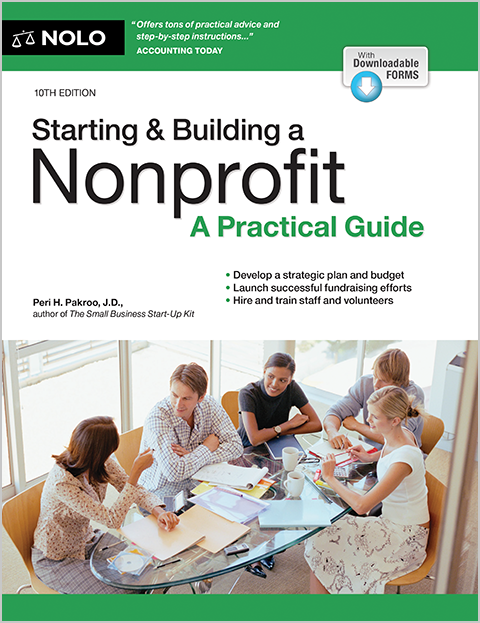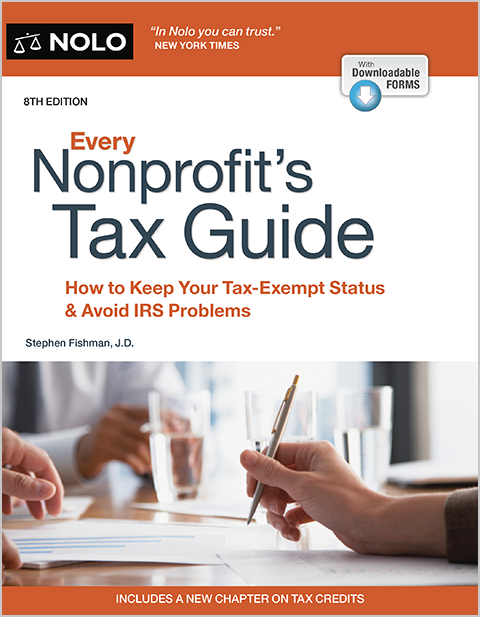If you think an auction might be a good fundraiser for your nonprofit, consider whether it should be a live, silent, or online auction—or some combination thereof.
Auctions can be an excellent way for nonprofit organizations to create a fun special event that raises money with minimal advance investment. They're especially suited to nonprofits with lots of business contacts and a constituency that's eager to do a little shopping. However, not all auctions are created equal. The first question to consider if you think an auction might be a good fundraiser for your nonprofit is whether it should be a live, silent, or online auction—or some combination thereof.
Let's examine the distinctions among these three types of auctions:
- Live auction: An auctioneer (preferably a professional) is at the helm, and people in a live audience call out or otherwise indicate their bids. The highest bidder wins.
- Silent auction: Participants at an in-person event write bids on sheets of paper placed next to displays of the items up for auction. There's little time pressure; people can go back to see whether they've been outbid, then write in higher bids. At an appointed time, you close the bidding, and later announce winners or let people check for their names on the bid sheets. (One variation is to make the bidding secret, with bidders slipping sheets of paper into a box. The theory is that someone who really wants the item will bid extra high, to outpace the competition.)
- Online auction: All items are displayed, with photographs, on an auction site such as PayPal Giving Fund, Charity Auctions Today, or BiddingForGood. Bidders register, enter credit card information (which means guaranteed payment for you from the winning bidders), and place bids within a set period of time, ideally one to three weeks.
Advantages and Disadvantages to a Live Auction
There's nothing quite like the excitement of a live auction, with audience members locked in competition and a skilled auctioneer whipping them into a frenzy; and, of course, reminding them to bid high because it's for a good cause. If you know of or can afford a good auctioneer, and would like the auction to be the focal point of an in-person event, it's worth going this route.
Live auctions usually bring in bids close to or in excess of the items' market value, while silent auctions bring in only about half their market value. An expensive vacation for six will probably receive higher bids at a live or online auction than a silent one. Even people who start out looking for a bargain might, at a live auction, get caught up in the action and spend a lot of money, having to remind themselves that, "It was for a good cause."
Advantages and Disadvantages to a Silent Auction
Perhaps your group is looking for something lower key, for example, to be held in a side room during your annual dinner. A silent auction can be conducted without disturbing speakers or cocktail hour conversation. And silent auctions reportedly attract greater participation by women, some of whom are known to draw back from the highly charged bidding environment of live auctions. Item that need to be examined up close or tried on will probably do better at a silent auction than an online or live one.
One drawback, from a profit-making perspective, is that many attendees at silent auctions place only one bid, then move on. Perhaps caught up in talking to friends, they forget to go back and see whether they've been outbid until the last few minutes, when they hear an announcement that the silent auction is about to end. That's why some experts recommend NOT placing anything on the silent auction table that you hope to sell for more than $500.
Advantages and Disadvantages to an Online Auction
An online auction is the quietest of all! It might be your best choice if you aren't ready to fill a room with people, your members are spread out geographically, or you want to open the bidding up to the whole world.
In fact, no matter where your members live, some will appreciate being able to participate in a fundraising event at any time of the day or night, without having to leave their home. Demographically, women between the ages of 40 and 49, with household incomes between $50,000 and $99,000, are the most frequent participants in online auctions. If that group is well represented in your organization, you could do very well.
Another advantage to online auctions is that you won't need the army of volunteers that are required to set up an auction space and create attractive displays. A few volunteers who are computer savvy, and perhaps have time to spare at odd hours, can handle the setup end of the process. Then you'll need a few more volunteers to take care of shipping or delivering items once they're sold. (If you don't want to ship overseas, be sure to put that into the "special instructions" of your online auction site.)
The online auction method isn't free, however. You'll have to pay the hosting website or auction service provider. Someone will also need to pay for shipping, but you can specify ahead of time whether it's the buyer or the organization.
When to Combine Auction Types
You can combine types of auctions. For example, some nonprofits hold a live and silent auction during the same event (which helps sell more, while limiting the time spent on the live auction). Some hold an online auction before a silent auction, in order to reduce the number of goods they'll have to display.
It's also possible to integrate an online auction with a live auction; but not recommended, owing to time delays. The in-person bidders might have up to a 60-second lead time, leading to frustration and lost bids. If combining a live and virtual event, a better approach is to start with an entirely online auction, but have a small live auction afterward, as a special opportunity for in-person guests.
Yet another option is to hold an online auction after your live or silent auction, to deal with items you didn't have room for, or that didn't sell.



